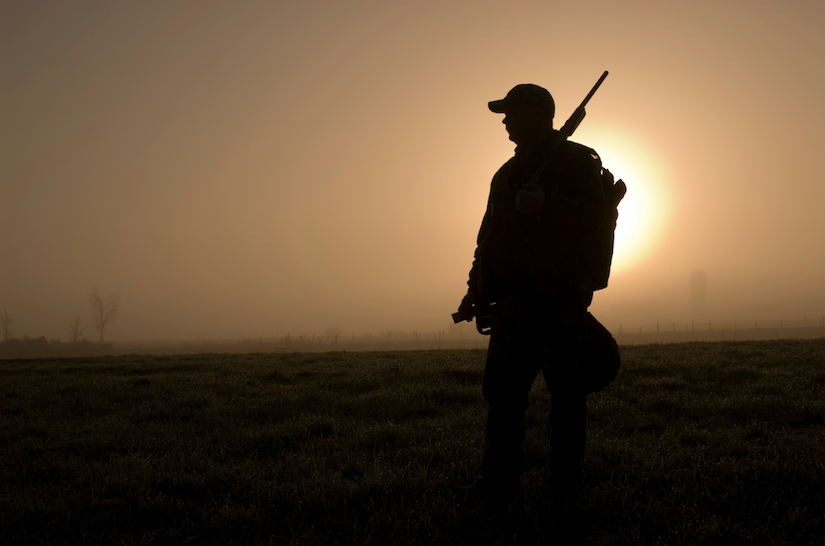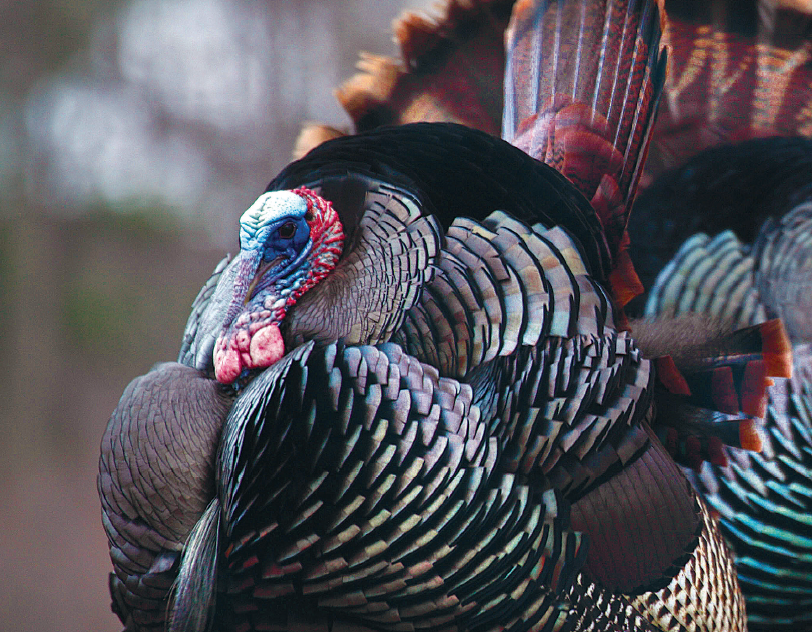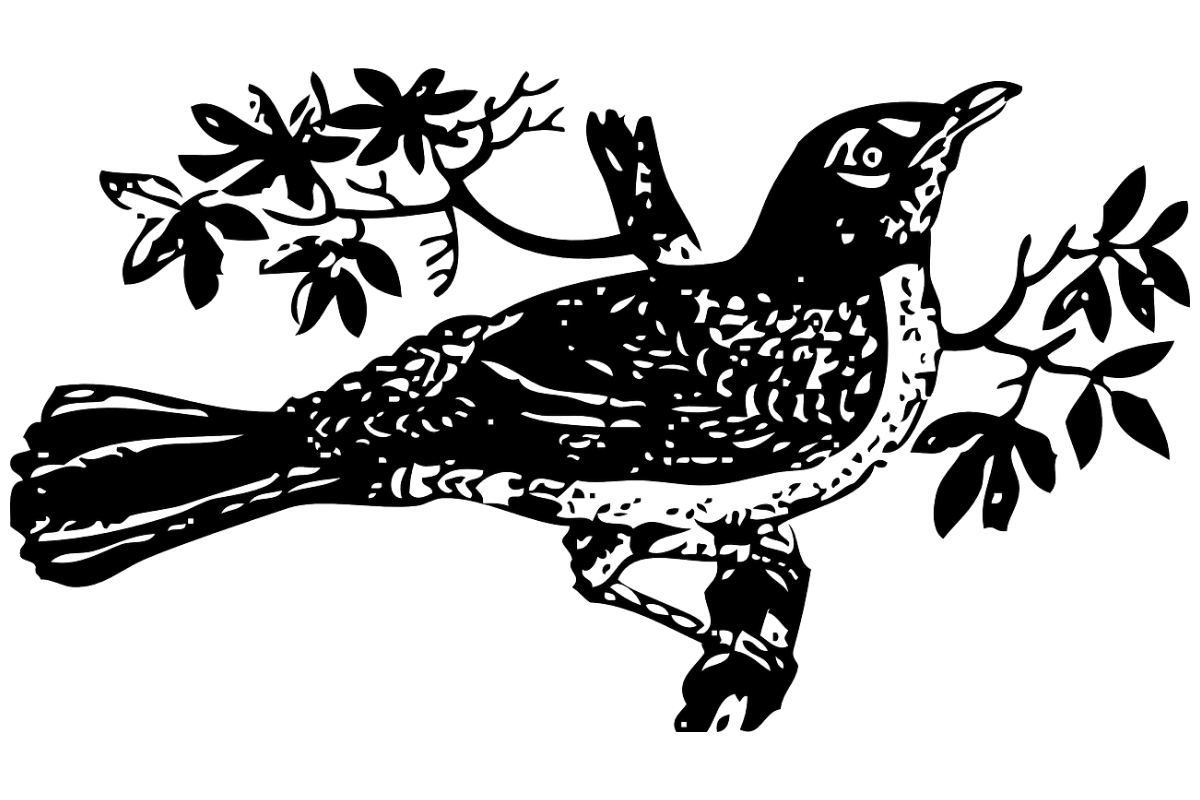No two hunting stories are the same. This may explain why those of us who hunt are rich with a bank full of distinct memories.
No two hunting stories are ever alike. For good reason. Ruffed grouse roosted in the aspens never take the same flight path. A whitetail buck is as unpredictable as…well, a flock of wild turkeys heading for…who knows where?
Ditto for mallards on the wing, snow goose decisions and, for sure, the antics of a love-starved bull elk in late September.
This may explain why those of us who hunt are rich with a bank full of memories, no two the same.
This also may explain the hunting story you’re about to read about Cameron Killen. It began on an April afternoon in 2016. That’s when Cameron and his grandmother, Karen Killen, otherwise known as “Oma’’ to her grandchildren, went turkey hunting on their land near Owatonna, Minnesota.
By any stretch of the imagination, Cameron, now 31, shouldn’t have even thought about being a hunter, let alone walking side by side with his grandmother on a path to reach turkey haunts.
About twenty years earlier, at age 9, Cameron’s boyhood path in life took its own turn. A sharp turn. He was diagnosed with osteosarcoma, an aggressive bone cancer that often strikes children. In Cameron’s case, treatment called for removing lots of bone, including his knee joint.
The news was especially tragic for Cameron’s family and his grandparents, Jim and Karen Killen. Both are avid outdoor enthusiasts, and Jim happens to be a nationally famous wildlife artist who hunts the talk and paints it, too.
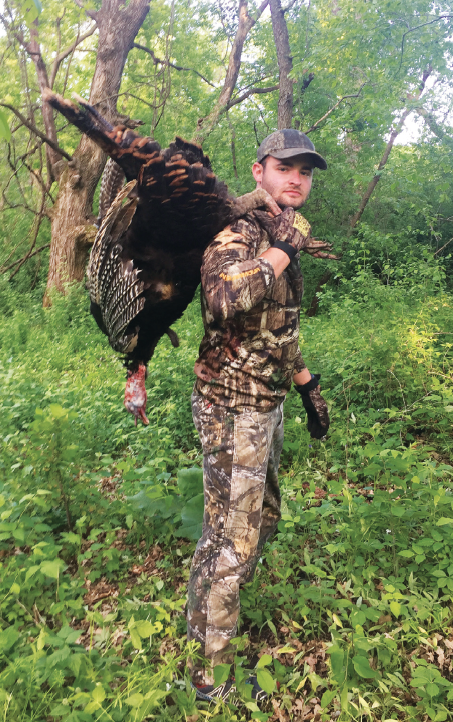
Cameron Killen took this Minnesota gobbler in 2016 while hunting with his grandmother, Karen, wife of wildlife artist Jim Killen.
To beat the cancer, Cameron’s doctors had a plan. Chemotherapy treatments began in 1998 for three months, followed by an unusual surgical procedure known as rotationplasty. In essence, surgeons removed the cancer (which resided in the top of the tibia bone) from the distal femur to the proximal tibia, including the knee joint. Next, the remainder of the lower leg was turned 180 degrees and reattached to the femur. This gave Cameron the ability to walk with a prosthetic leg.
“In that way, your foot acts like a knee,’’ Cameron explained. It also meant he would have greater use of his leg indoors and outdoors.
“Children have a way of coping with things that I don’t think adults are capable of,’’ he said.
Cameron’s boyhood optimism about the surgery also changed his life.
“I was so impressed with my surgeons. I remember thinking: This is the coolest job in the world. That’s what I want to do; I want to help people with similar problems.”
Today, Cameron is a resident orthopedic surgeon in Chicago and may one day perform a rotationplasty.
“There are only a couple hundred cases a year, which is not many,’’ he noted.
Now we know why Cameron’s first-ever hunt for wild turkeys with his Oma was destined to be one-of-a-kind. ‘“Oma said we’d go to an area she called Coyote Canyon. I was excited,’’ Cameron recalled.
Karen, however, was concerned as they trudged toward Coyote Canyon.
“To myself, I said, ‘God, let him walk down the road.’”
Minutes later the two sat by a tree, after placing a hen decoy in the middle of an ATV trail. Karen began calling. And calling. And calling.
“We weren’t hearing or seeing anything,’’ Cameron said.
The same can’t be said of two jakes and one large tom. They heard Karen’s hen chirps and—out of nowhere— walked onto the trail opening, their eyes glued to the fake turkey. Cameron said he waited until the two jakes peeled away from the strutting tom.
“One shot and he went down,’’ he said.
Sometimes words aren’t enough to tell a hunting yarn. This story may be one of those. It’s doubtful that words can describe the emotional scene that evolved on that April afternoon in a Minnesota woodlot. There they were, a 77-year-old grandmother and her first grandson, having just shared a hunting experience that—once upon a time— would have required a miracle.
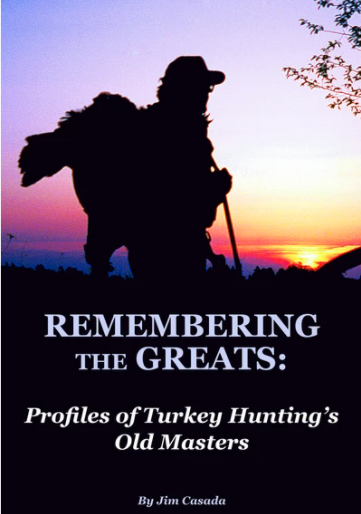 In Remembering the Greats, a 317-page hardbound book, Jim Casada brings his training as an historian, his decades of studying the grand masters of the sport, his avid collecting of the literature, and his personal hunting experiences to bear in a detailed examination of the careers of 27 icons from turkey hunting’s past. Collectively they epitomize the essence of what old timers sometimes refer to as true “turkey men.”
In Remembering the Greats, a 317-page hardbound book, Jim Casada brings his training as an historian, his decades of studying the grand masters of the sport, his avid collecting of the literature, and his personal hunting experiences to bear in a detailed examination of the careers of 27 icons from turkey hunting’s past. Collectively they epitomize the essence of what old timers sometimes refer to as true “turkey men.”
Each vignette focuses on the person’s contributions to the world of turkey hunting in capacities such as callmaking, authors of articles and books, avid hunters, seminar speakers, television personalities, biologists, conservationists, and more. Two common threads typify every man profiled: their consuming love of the wild turkey and the fact that they were fascinating characters. Buy Now

